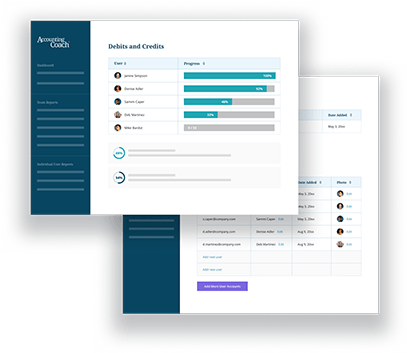Definition of High-Low Method
The high-low method is a simple technique for determining the variable cost rate and the amount of fixed costs that are part of what’s referred to as a mixed cost or semivariable cost.
The high-low method uses two sets of numbers: 1) the total dollars of the mixed cost that occurred at the highest volume of activity, and 2) the total dollars of the mixed cost that occurred at the lowest volume of activity. It is assumed that at both points of activity the total amount of fixed costs is the same. Therefore, the change in the total costs is assumed to be the variable cost rate times the change in the number of units of activity. Prior to doing the high-low calculation, it is important to plot or graph all of the data available to be certain that the two sets of numbers being used are indeed representative.
Example of High-Low Method
Assume that the cost of electricity at a small manufacturing facility is a mixed cost since the company has only one electricity meter for air quality, cooling, lighting, and for its production equipment. The company wants to know the rate at which its electricity cost changes when the number of machine hours change. This amount is the variable cost rate. The part of the electric bill that does not change with the number of machine hours is known as the fixed cost.
Let’s assume that the company is billed monthly for its electricity usage. The cost of electricity was $18,000 in the month when its highest activity was 120,000 machine hours (MHs). (Be sure to use the MHs that occurred between the meter reading dates appearing on the bill.) The cost of electricity was $16,000 in the month when its lowest activity was 100,000 MHs. This shows that the total monthly cost of electricity changed by $2,000 ($18,000 vs. $16,000) when the number of MHs changed by 20,000 (120,000 vs. 100,000). In other words, the variable cost rate was $0.10 per machine hour ($2,000/20,000 MHs).
Continuing with this example, if the total electricity cost was $18,000 when there were 120,000 MHs, the variable portion is assumed to have been $12,000 (120,000 MHs times $0.10). Since the total electricity cost was $18,000 and the variable cost was calculated to be $12,000, the fixed cost of electricity for the month must have been the $6,000. If we use the lowest level of activity, the total cost of $16,000 would include $10,000 of variable cost (100,000 MHs times $0.10) with the remainder of $6,000 being the fixed cost for the month.




